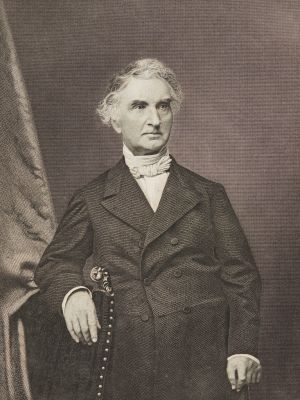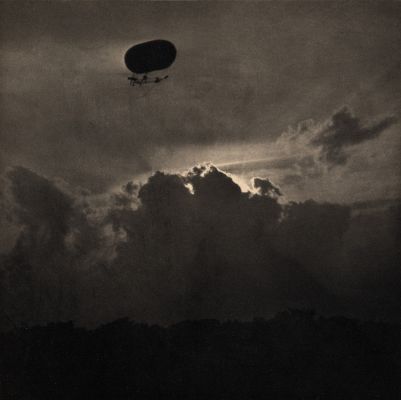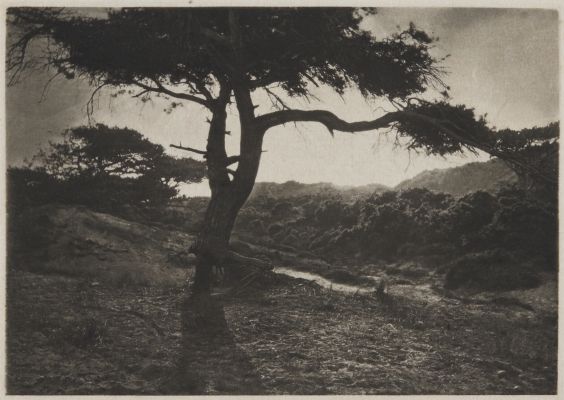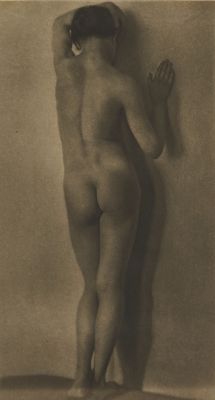
Title
Fourteenth Street, Washington, D.C., in the FloodArtist
UnknownPublication
History of the Johnstown FloodDate
1885Process
Halftone (Levytype, Levitype)Image Size
15.4 x 9 cm
Louis Levy and David Bachrach Jr. patented a photoengraving process in 1875 which was termed “Levy Type.” It was a system of creating photo-electrotypes from swelled gelatin molds. David Bachrach detailed the patented part of the process that just after the exposed gelatin plate began to swell “we plunge it into a 20 grain silver solution until the relief is high enough, but not a minute longer, for if the action is carried too far the lines become rounded at the bottom and sharpness is lost.” (Photographic rays of light, pg. 69) This relief is then made electrolytic and can be electrotyped to make a printing plate. Louis, with his brother Max, went on to create Halftones and halftone screens and they conceived the idea of ruling lines crosswise and etching into glass in 1887. Louis Levy (Franklin Institute, pg. 401) explained that he had manually crossed the line screen as Meisenbach had done “…as early as 1883, but the possibility of obtaining varied halftone effects with the single-line screen by varying the proportions of the divided exposure, coupled with the difficulty of getting a sufficiently perfect cross-line screen of any size, kept the single line screens in use. These were generally produced by photographing a sheet of parallel lines printed from steel plate or lithographic stone ruled by machine, reducing the size to get closer rulings. But the clouding of the open lines through halation, which left those lines most transparent in the middle and gradually less so towards their edges, though an apparently desirable feature, proved in practice to be a hindrance, and even where the lines were cleared as much as possible these photographed screens kept out so much light as to necessitate considerably prolonged exposure, and when doubled to make cross-line screens the difficulty was correspondingly increased. The way forward was manifestly through proper ruling on glass. To get this crosswise and to overcome the diffraction effect of surface rulings conceived the idea of etching the ruled lines with hydrofluoric acid and blackening the depressions, which would give theoretically perfect screen and correspondingly perfect halftone reproduction. Small screens of this kind were put to use in 1887, and with the collaboration of my brother Max in this direction the idea was finally realized in full and patented by us in 1891.” These screens then became the standard of the industry worldwide.
References
Hanson, David Checklist of photomechanical processes and printing 1825-1910, 2017 p. 83











